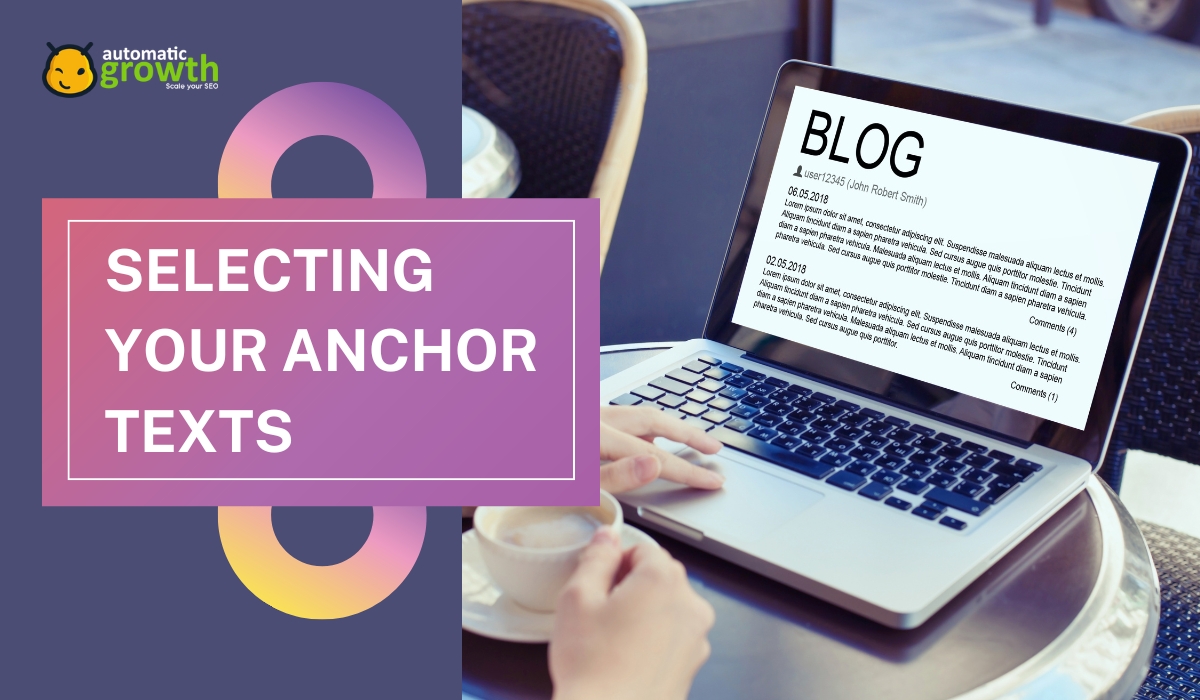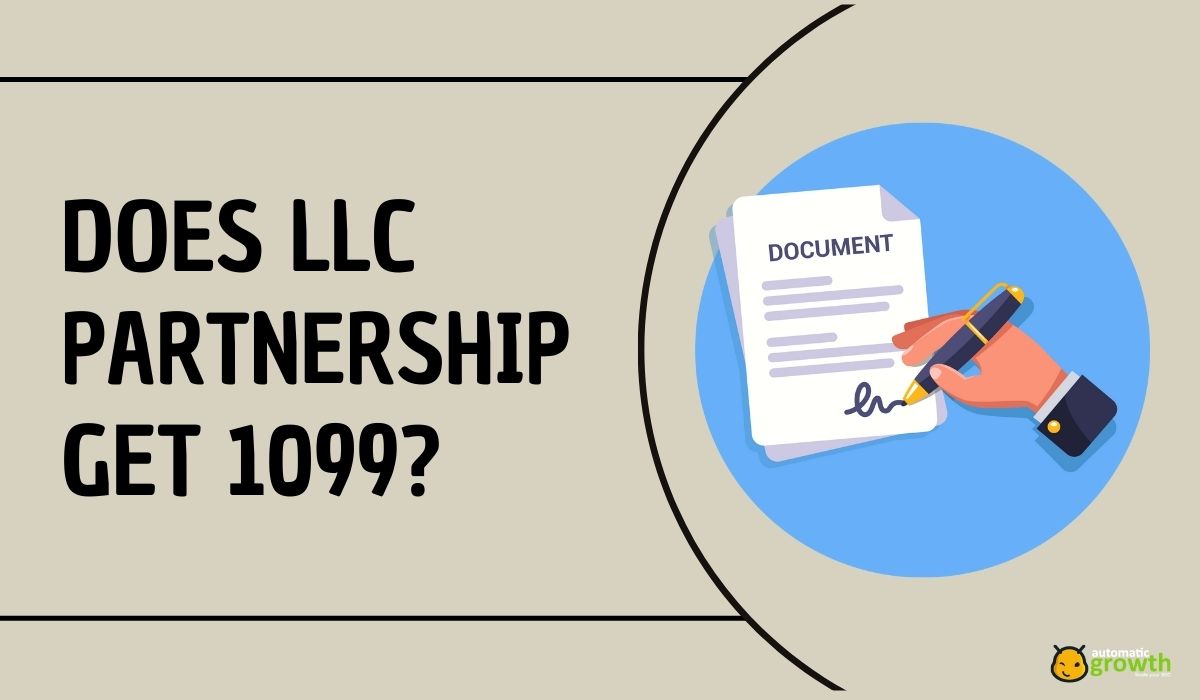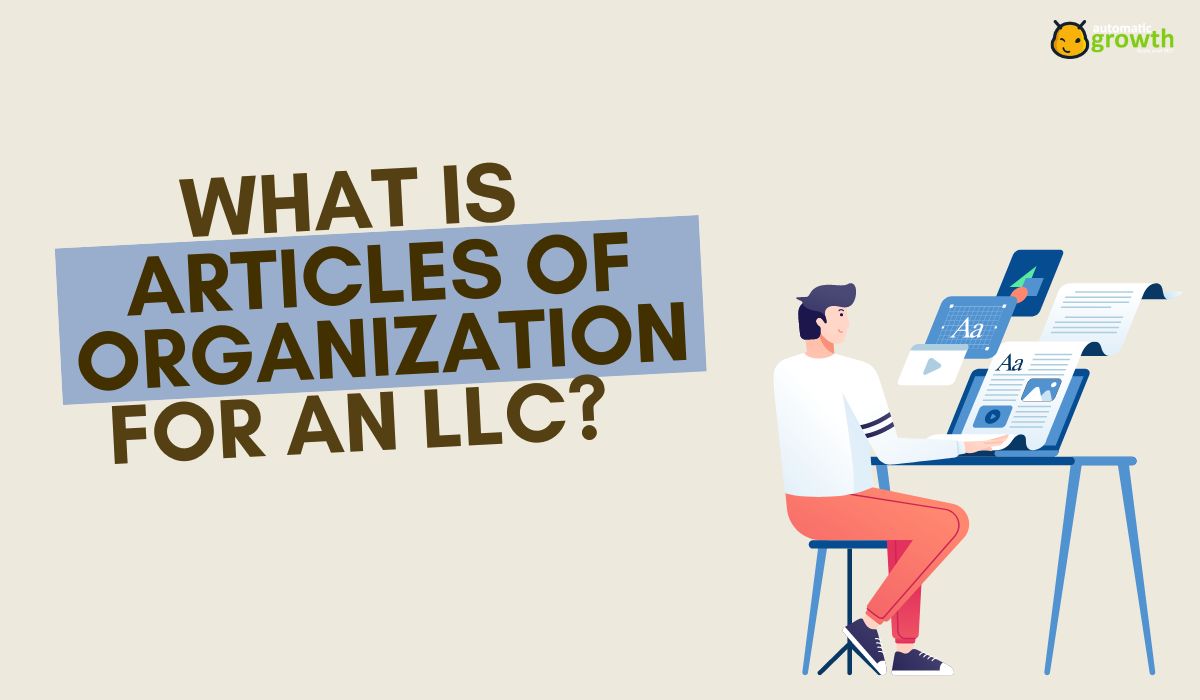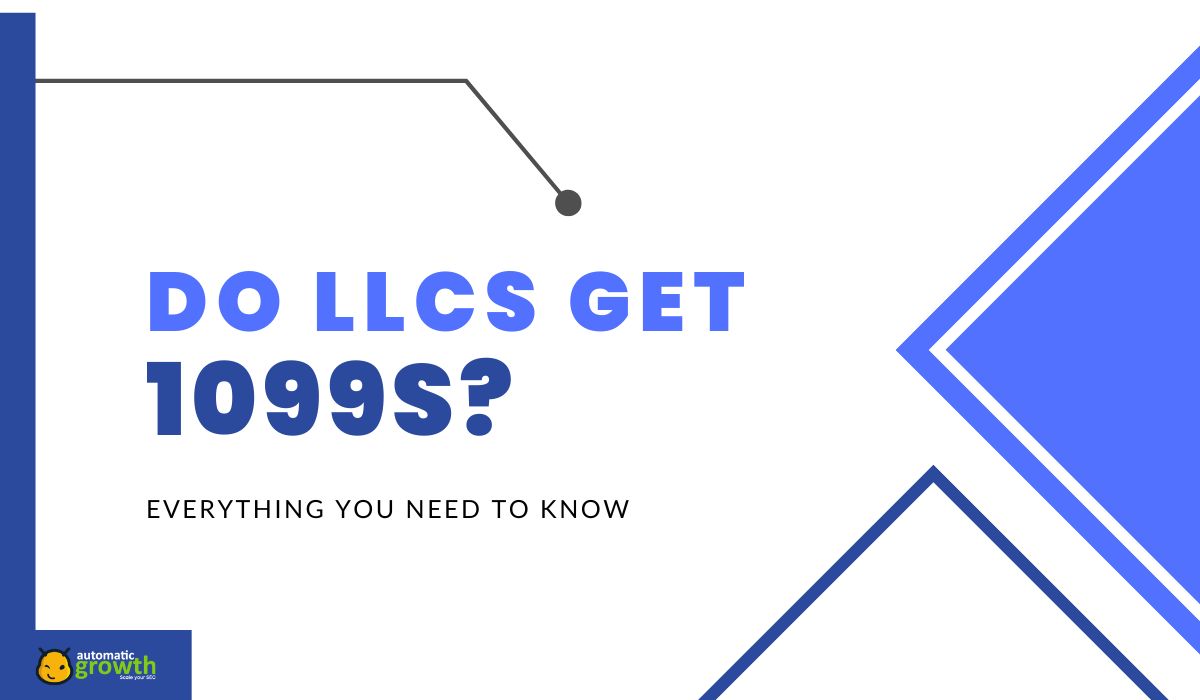With all the different types of anchor text out there, it can be difficult to choose the best type of anchor text to fit your blog post or written piece of content. While many people know the relevance of backlinking when it comes to search engine optimization and online growth, the specific words you use to link and out of your website matter more than you might think.
In order to identify high-quality websites, Google’s 2012 initiative called Google Penguin penalized keyword stuffing. This involves overusing keywords and repeating them in an attempt to rank higher on results pages. Because of this, selecting the right anchor text so that your website isn’t over or under-optimized is the key to success.
What is Anchor Text
Anchor text refers to the clickable words used to link one web page to another. They’re usually underlined and stand out from the rest of the text on the page.
Some common variations of anchor text include:
- Branded anchor text, which includes the name of a brand
- Keyword-optimized anchor text, which are keywords relevant to your topic
- URL anchor text, which is a website’s address
- Call-to-action anchor text, which leads to the landing page of what you're promoting
How To Choose the Right Anchor Text
As a general rule, you avoid using anchor text robotically in your posts, repeating the same phrases, and choosing words that lack relevance to your topic at hand. Typically, a combination of 50% brand or URL anchors, 25% general topic anchors, 10% specific target keywords and 15% of other types (e.g. click here, read more) make a good mix.
Here are some other guidelines to keep in mind when selecting anchor text:
Keep it directly relevant to the hyperlink
Anchor text that gives you a link to a website that provides added information on the topic that a reader is interested in is beneficial for SEO. For instance, clicking on a piece of anchor text that reads ‘sports equipment’ should lead to a page selling sports equipment, not an article on philosophy.
Leave it at an appropriate length
In addition to ensuring that it fits the context of your piece, anchor text should vary from single words to longer phrases so that it creates a natural-looking backlink profile. Make sure to change it up and sprinkle it throughout your page, instead of concentrating it on one paragraph.
Ensure that it makes contextual sense
Readability is one of the most important factors that some companies might overlook, so when you include any hyperlinks, it’s important to integrate these into your text as seamlessly as possible. This way, it adds value to your brand, no matter the content type or topic you choose.
For those without prior experience, the process of identifying well-ranking keywords can be confusing and intimidating. It involves listing and categorizing top pages, getting anchor text for these pages, and aggregating and categorizing the anchors. Using an anchor text generator can get you started with some ideas.
If your company is looking into developing a link-building strategy, consulting SEO experts can help you find the right anchor text for your specific niche. Contact us today at Automatic Growth for more information on the types of anchor text you need to grow your brand.
















